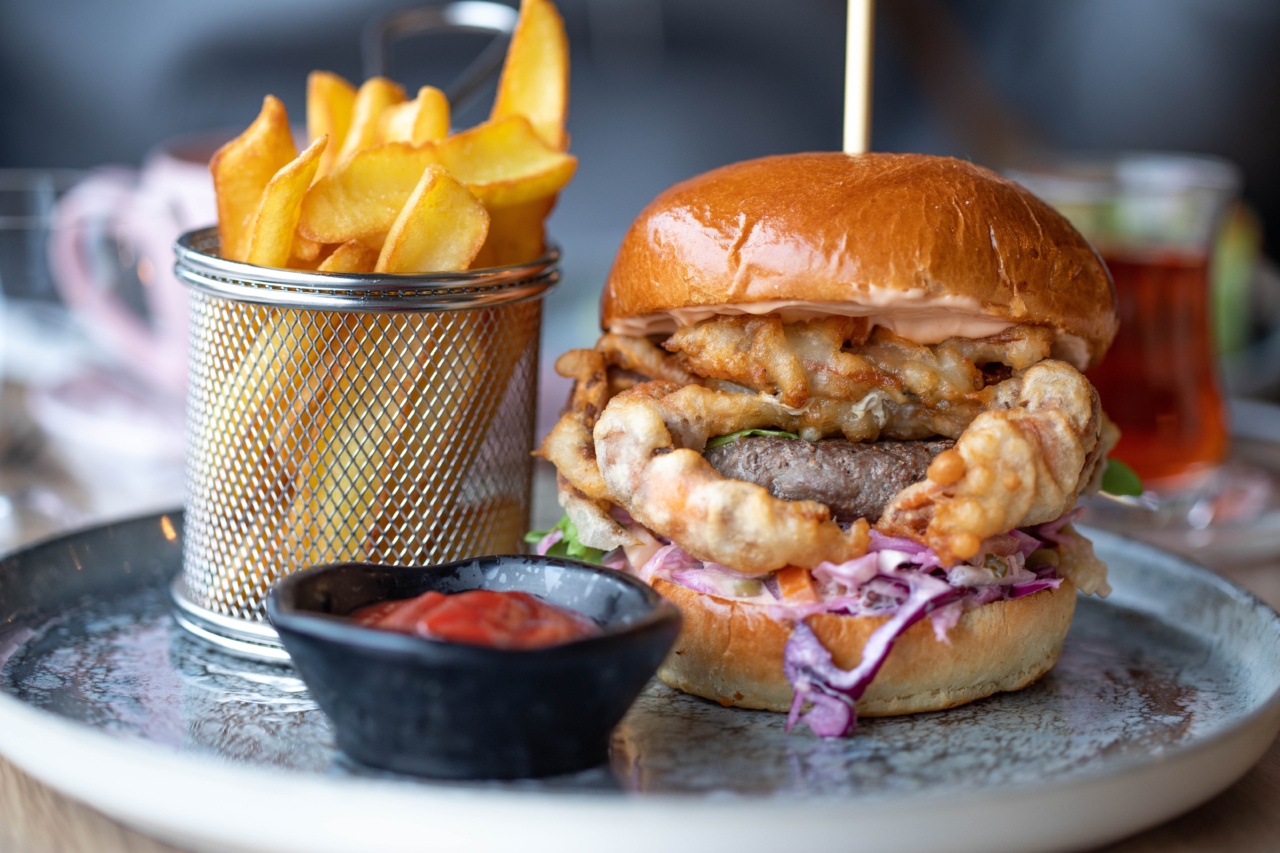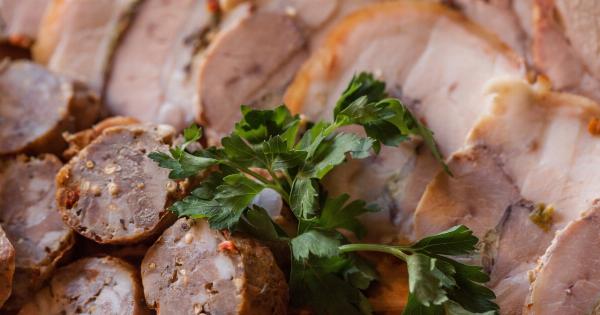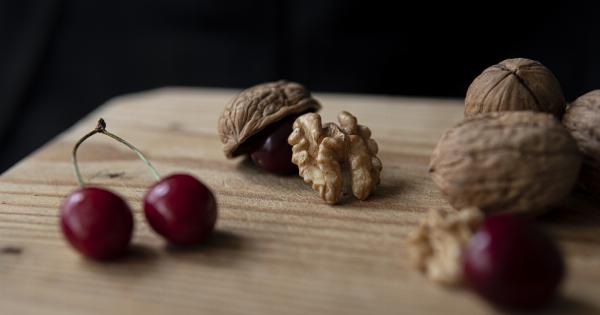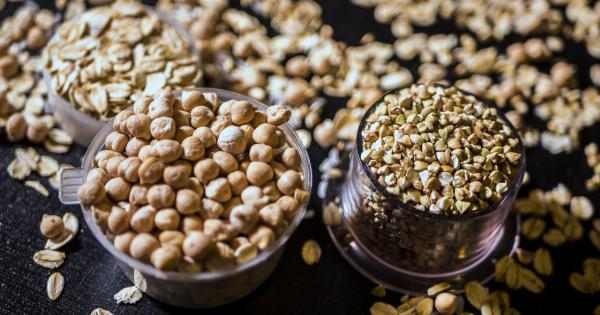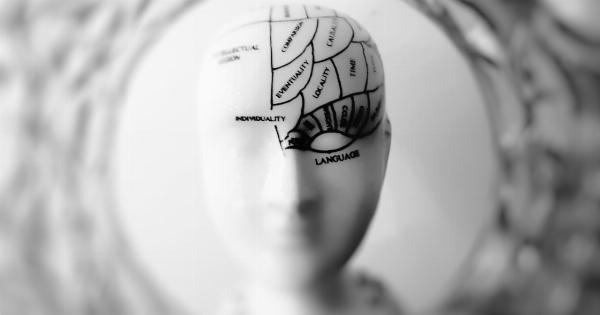When it comes to maintaining a healthy diet, striking the right balance between carbohydrates and fat is essential. Carbohydrates serve as the primary fuel source for our bodies, providing the energy we need to carry out daily activities.
However, excessive consumption of carbohydrates and unhealthy fats can lead to weight gain and other health issues. This article will discuss effective ways to increase carbohydrate intake while reducing fat, helping you make informed decisions about your diet.
Understanding Carbohydrates and Fats
Before we delve into the strategies to increase carbohydrate intake and reduce fat, let’s understand the basics of these macronutrients.
Carbohydrates are molecules that consist of carbon, hydrogen, and oxygen atoms. They are a primary source of fuel for the body. Carbohydrates come in two forms: simple and complex.
Simple carbohydrates, found in sugary foods and beverages, are quickly broken down by the body, resulting in a rapid rise in blood sugar levels. On the other hand, complex carbohydrates, found in fruits, vegetables, whole grains, and legumes, are digested more slowly, providing a steady release of energy.
Fats, on the other hand, are another important macronutrient that provides energy, supports cell growth, and aids in the absorption of fat-soluble vitamins.
While fats are essential for our bodies, consuming too much saturated and trans fats can increase the risk of heart disease.
Choose Healthy Carbohydrates
One of the most effective ways to increase carbohydrate intake while reducing fat is to choose healthy sources of carbohydrates. Opt for complex carbohydrates over simple carbohydrates as they are more nutritious and offer a sustained release of energy.
Here are some examples of healthy carbohydrates:.
Whole Grains
Whole grains such as quinoa, brown rice, oatmeal, and whole wheat bread are excellent sources of complex carbohydrates. They contain fiber, vitamins, and minerals, making them a healthier alternative to refined grains.
Fruits and Vegetables
Fruits and vegetables are great sources of carbohydrates, as well as essential vitamins, minerals, and fiber. Incorporate a variety of colorful fruits and vegetables into your meals to maximize nutrition.
Legumes
Legumes, including beans, lentils, and chickpeas, are not only rich in carbohydrates but also provide a good amount of protein. They are an excellent addition to vegetarian and vegan diets.
Include Healthy Fats
While the focus of this article is on increasing carbohydrate intake and reducing fat, it’s important to remember that not all fats are unhealthy.
Healthy fats are an essential part of a balanced diet and can be incorporated alongside carbohydrates. Here are some healthy fat sources to consider:.
Avocados
Avocados are a rich source of monounsaturated fats, which are heart-healthy fats. They can be added to salads, sandwiches, or enjoyed as guacamole.
Nuts and Seeds
Nuts and seeds, such as almonds, walnuts, chia seeds, and flaxseeds, provide a good amount of healthy fats. They can be sprinkled over salads or consumed as a snack.
Fatty Fish
Fatty fish like salmon, mackerel, and trout are not only a great source of omega-3 fatty acids but also provide ample protein. Including fatty fish in your diet a few times a week can be beneficial for overall health.
Reduce Fat Intake
While it’s important to include healthy fats, reducing the consumption of unhealthy fats is crucial. Here are a few strategies to reduce fat intake:.
Choose Lean Protein Sources
Include lean sources of protein in your meals, such as skinless poultry, fish, tofu, and legumes. Trim visible fat from meat and opt for baking, grilling, or steaming instead of frying.
Avoid Processed and Fried Foods
Processed and fried foods are often high in unhealthy fats, trans fats, and excessive sodium. Limit or avoid foods such as chips, fried snacks, fast food, and commercially baked goods.
Read Food Labels
When grocery shopping, make it a habit to read food labels. Check the fat content, paying attention to the types of fat present. Choose items with lower saturated and trans fat content.
Meal Planning and Portion Control
Planning your meals in advance can help you make healthier choices and control portion sizes. Prepare balanced meals with a variety of carbohydrates, lean proteins, and healthy fats to ensure a well-rounded diet.
Conclusion
In conclusion, finding effective ways to increase carbohydrate intake while reducing fat is crucial for maintaining a healthy diet.
By choosing the right carbohydrates, including healthy fats, and reducing the intake of unhealthy fats, you can create a balanced and nutritious eating plan.
